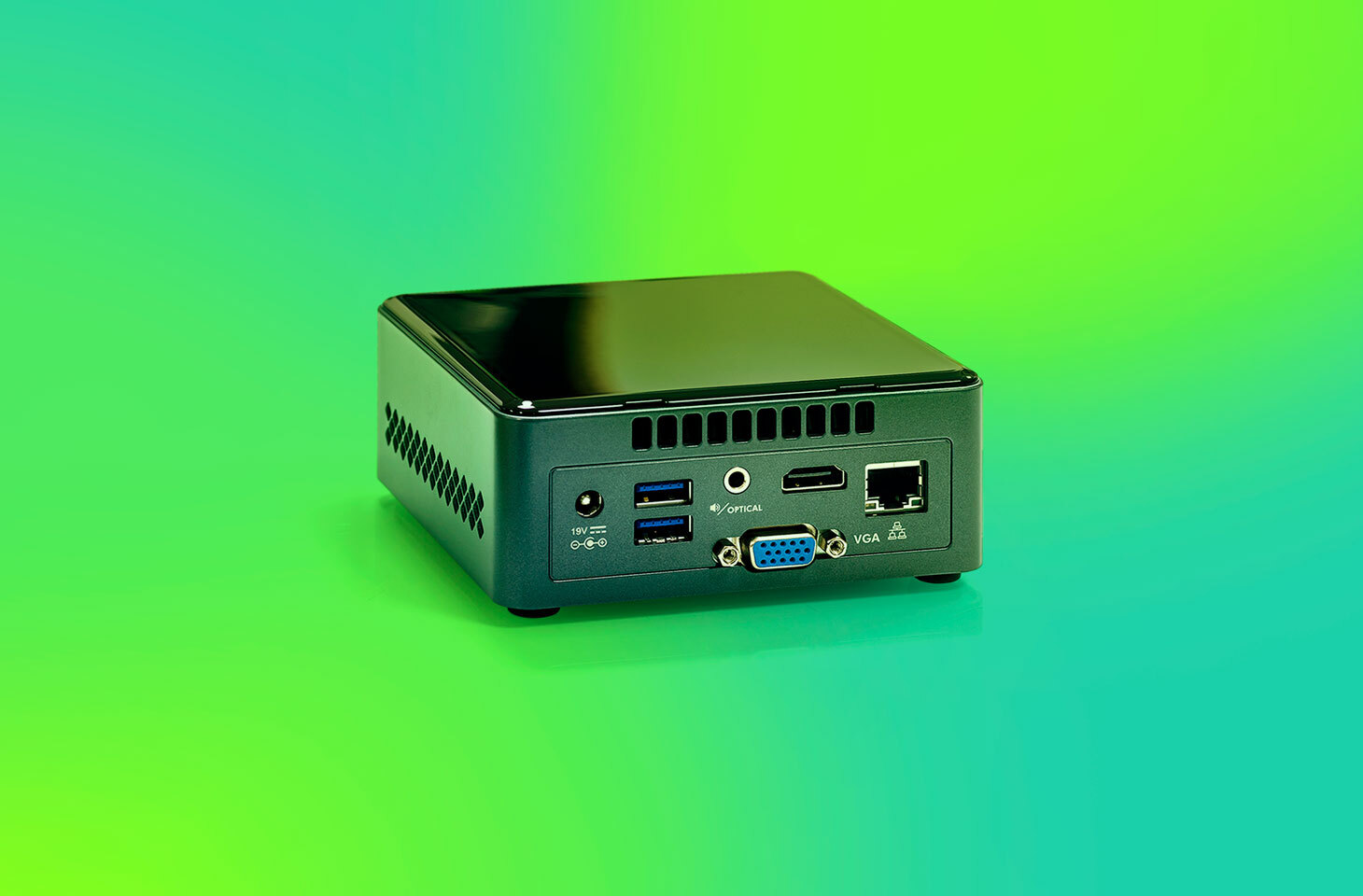
- Image by lodev via Flickr
The core technology utilized in the cloud computing is virtualization. Some organization may not want to jump into cloud computing because of inherent risks can take a shot at virtualization in their data centers. Virtualization can be utilized to reduce hardware cost and utility cost. Organization that might have 100 servers can consolidate into 10, where each physical machine will support 10 virtual systems will not only reduce the size of data center, but also hardware cost, and huge utility bill savings.
Virtualization was being utilized to increase efficiency and cost saving, which is now turning into centralized management initiative for many organizations. In centralized management patches, viruses and spam filter and new policies can be pushed to end points from central management console. Policies can be utilized to impose lock out period, USB filtering and initiate backup routines, where policies can take effect immediately or next time when user check in with the server.
The way virtualization works is OS sits on an open source hypervisor which provides 100% hardware abstractions where drivers become irrelevant. With OS image backed up at management console, which allows virtualization technology a seamless failover and high availability for desktop and servers.
As I mentioned earlier, virtualization allows enforcing of policies on end points (desktops). As we know compliance drive security agenda. If these policies are granular enough which can be map to existing regulations and standards (SOX, PCI and HIPAA) then virtualization solution can be utilized to implement compliance controls to endpoints. It is quite alright if the mapping is not 100% that is where the compensating controls come into play. The compliance to these various regulations and standards is not a onetime process. As a matter of fact standard and regulation change over time due to different threats and requirements. True security requires nonstop assessment, remediation’s and policy changes as needed.
Tags: Cloud computing, Data center, Health Insurance Portability and Accountability Act, hipaa, Hypervisor, Open source, PCI, Security, sox, Virtualization





![Reblog this post [with Zemanta]](http://img.zemanta.com/reblog_e.png?x-id=44c6818b-40c1-4e78-9e2d-f4a92edb802a)


